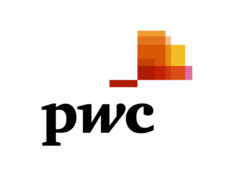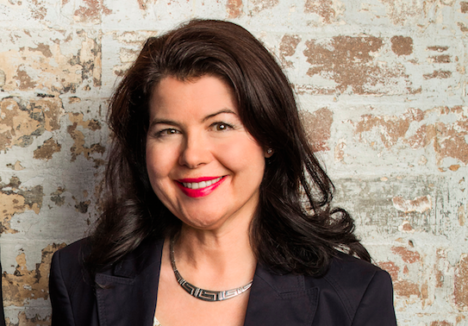Lack of diversity in Australian media is leading to missed Asian opportunity warns PwC report author
A lack of diversity in the Australian media, marketing and entertainment sector is limiting our ability to take advantage of the growth opportunities in Asia, a new report claims.
 The PwC Australian Entertainment and Media Outlook 2016 highlights how in the entertainment and media sector Australia’s growth is projected to be at 4.1% over five years, well below the rest of the region.
The PwC Australian Entertainment and Media Outlook 2016 highlights how in the entertainment and media sector Australia’s growth is projected to be at 4.1% over five years, well below the rest of the region.
Outlook editor Megan Brownlow said the local industry was not doing enough to open themselves up to the high growth opportunities in Asian countries like India (projected media sector growth of 10.4%), China (8.8%) and Indonesia (13.2%).



This is silly. For starters the media assets of most of our neighbours are heavily regulated against foreign entry. Secondly the content markets for entertainment have been cheap syndications of us content via time Warner and Disney etc. thirdly we do not have a public policy focus of the kind that created kpop and koreantv that is now very strong on many Asian markets.
And of course our local media was allowed by various governments to turn into a Coles-woolies type of comfort zone which had very little imperative other than to maximise pricing power and minimise cost.
The Asian markets are coming alive but the really good operators are people like Rocket.
We could sell them videos about Aussie kids playing cricket…